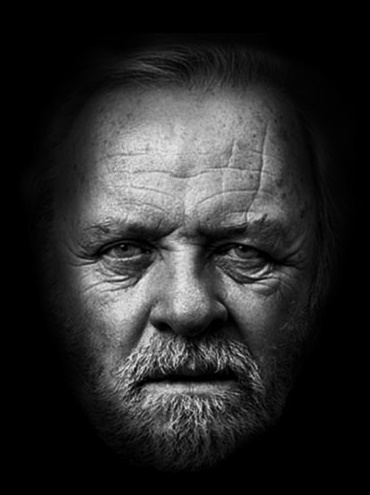 When you want to create a character, sometimes it’s hard to know where to start.
When you want to create a character, sometimes it’s hard to know where to start.
As an actor, you should be able to answer these three basic questions to prepare for your role:
Who am I?
Where am I?
What do I want?
A famous Russian actor and director named Konstantin Stanislavski recognised this, and developed a system to help actors dig more deeply into what brings a character to life.
He teaches that before you even start rehearsing, you should ask yourself seven questions to understand more about your part.
These questions start to uncover the ‘who, what, when, where, why and how’ of the character at any given time.
You can use these questions to learn about the character’s life as a whole, or their life just before, during or after the play period. The questions can be used to explain behaviour in a scene, or even in sections of a scene.
As you get into smaller sections of the play, your responses should become more specific.
Of course, many of the answers won’t be found in the script. It’s your job as an actor to fill in the gaps by using your imagination.
The first three questions are about the character’s circumstances.
Who am I?
Begin with the basics. What is my name, my age, my gender? What do I look like? What is my background? What relationships do I have? Take the information found in the play, and then use your imagination to add details. The more specific you can be, the better. Pretending you are writing a social media profile for the character can help.
Where am I?
Start with the bigger picture to build your character. Assuming the character is on Earth, what country am I in? What district? What city? What suburb? What street? Which house? Which room? Where am I in the room? Who lives in or owns this place? Am I familiar with this area or is it strange to me?
What time is it?
What is the era? The year? What historical events are going on around me? Is it a special time of year, for everyone, or specifically for me? What is the date? What time of day is it?
Now come the questions about your character’s objectives and tactics. An objective is what your character wants, and a tactic is the way your character tries to get it.
What do I want?
Everyone, including your character, wants many things. Sometimes it’s something you can touch, like money or food. Sometimes it’s emotional, like love, acceptance or someone else to behave in a certain way. What do I want from life? What do I want from other characters in the play? What do I want in a particular scene? What do I want at this specific moment?
Why do I want it?
Why does your character want or need this? What has caused this need?
How will I get what I want?
Your character will aim to get what they want. What general and more specific tactics will I use to get what I want?
What must I overcome to get what I want?
What obstacles are in your character’s path? What is stopping me from getting what I want?
As you can imagine, figuring out the answers to these questions will bring your character to life. Once you fully understand your character, rehearsing and acting the part will be much easier and more realistic.







